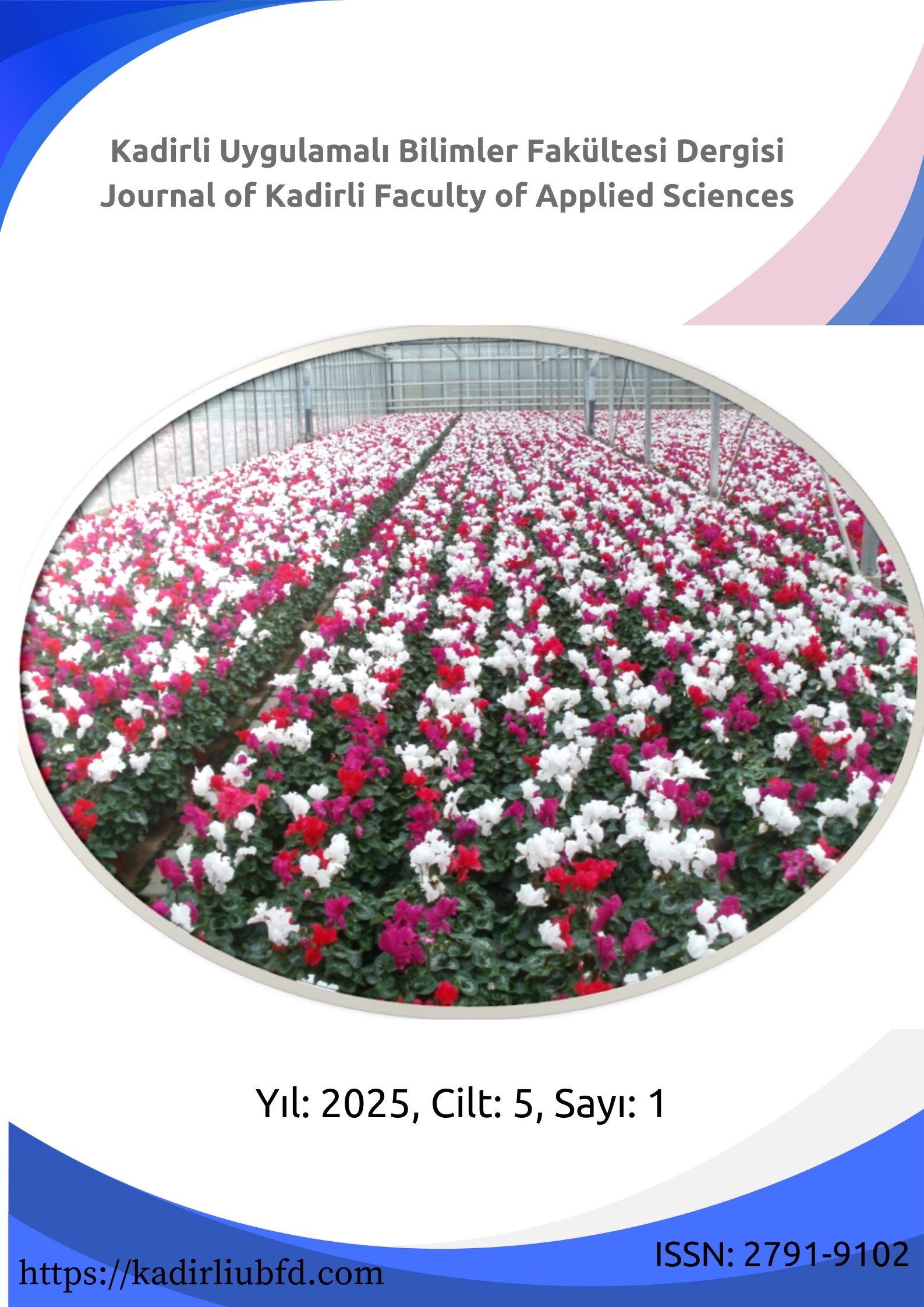A Preliminary Investigation of Rainwater Harvesting Potential in Emergency Healthcare Facilities: Case Study of Yeşilköy Prof. Dr. Murat Dilmener Hospital
Keywords:
Istanbul, Rainwater harvesting, Sustainable water management, Sustainability, Sustainable cities and communitiesAbstract
Rainwater harvesting (RWH) is a sustainable approach to addressing water scarcity and promoting efficient water management in critical infrastructure. This study evaluates the RWH potential of Yeşilköy Prof. Dr. Murat Dilmener Emergency Hospital, a 1000-bed facility, using a simplified analytical approach. Satellite imagery and regional precipitation data were employed, categorizing roof sections based on size, type, and material, with aggregated segments simplifying the calculations. The analysis estimated an average monthly RWH potential of 1261.00 m³, with December and January demonstrating the highest potential at 2273.57 m³ and 2053.77 m³, respectively, and July recording the lowest at 515.16 m³. Seasonal variability was quantified through a standard deviation of 586.94 m³, a coefficient of variation (CV) of 46.54%, a positive skewness of 0.50, and a kurtosis of -1.36, indicating moderate variability and relatively stable harvesting conditions. The study also shows that RWH can contribute between 2.77% and 12.22% of the hospital’s monthly water demand, translating into thousands of cubic meters of annual water savings. While these percentages may appear modest, the benefits of RWH extend beyond immediate water contributions, providing resilience during droughts or water supply disruptions and fostering sustainable practices within healthcare management. This preliminary assessment, conducted under conservative assumptions such as treating sloped roofs as flat surfaces, underscores the feasibility of implementing RWH systems even with limited data. Future studies incorporating precise roof measurements, material analyses, and dynamic rainfall simulations are expected to reveal even greater potential. By demonstrating the viability of RWH, this study provides a foundation for decision-makers, including government authorities and hospital management, to integrate RWH into emergency healthcare infrastructure, advancing sustainable water management practices.
Downloads
Published
How to Cite
Issue
Section
License
Copyright (c) 2025 Kadirli Uygulamalı Bilimler Fakültesi Dergisi

This work is licensed under a Creative Commons Attribution-NonCommercial-ShareAlike 4.0 International License.





